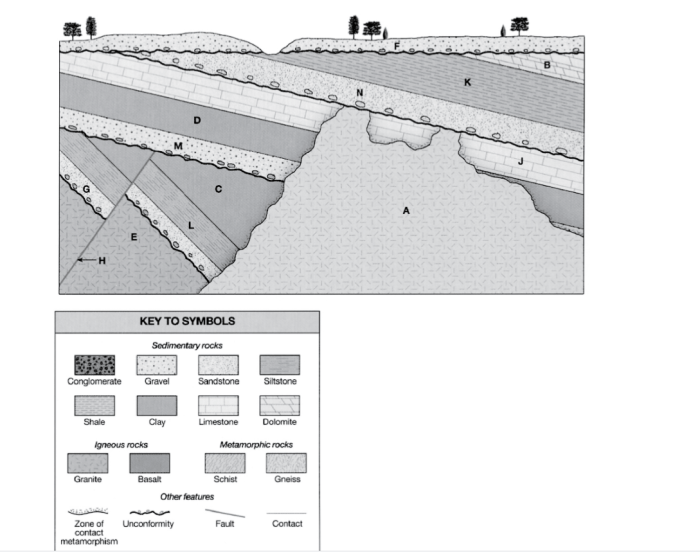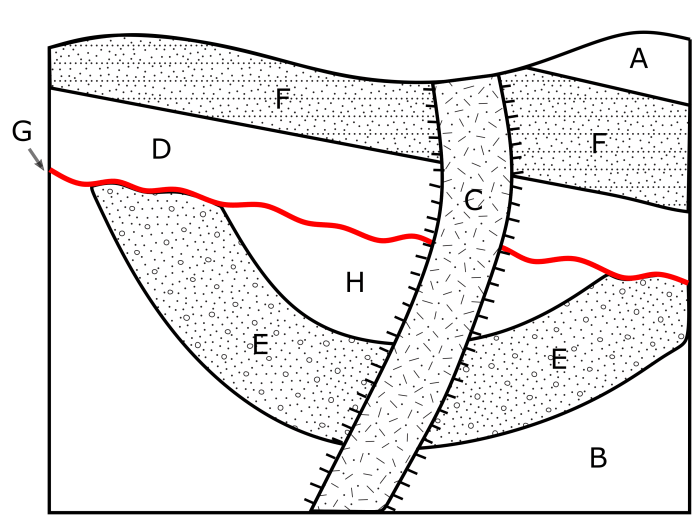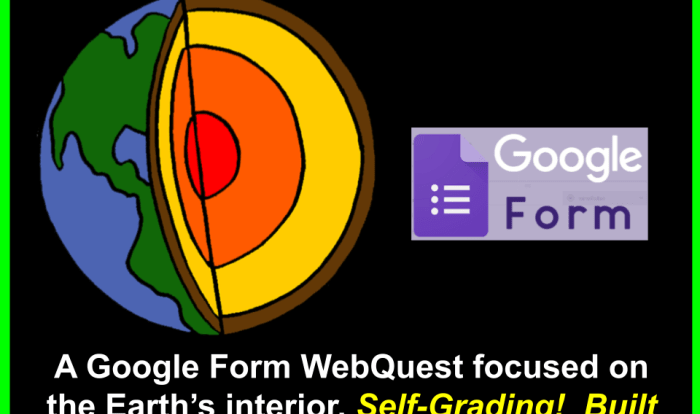The relative dating worksheet answers PDF is an invaluable resource for students and researchers seeking to delve into the intricacies of relative dating methods. This guide provides a comprehensive overview of the topic, offering clear explanations and practical examples to enhance understanding.
Relative dating is a fundamental technique used in archaeology and paleontology to establish the chronological sequence of events and artifacts. By analyzing the relationships between different layers of sediment, fossils, and artifacts, scientists can determine their relative age without relying on absolute dating methods.
Relative Dating Worksheet

Relative dating worksheets are valuable tools for geologists and archaeologists to determine the relative ages of geological formations or archaeological artifacts. They provide a systematic approach to organizing and analyzing data to establish a chronological sequence of events.Relative dating methods rely on the principles of superposition, cross-cutting relationships, and fossil succession.
Superposition states that younger layers of rock or sediment are deposited on top of older layers. Cross-cutting relationships indicate that a younger feature, such as a fault or intrusion, cuts through an older feature. Fossil succession refers to the observation that certain types of fossils are found in specific layers of rock, providing clues about the relative age of the layers.
Worksheet Structure
Relative dating worksheets typically include several sections:
Data Collection
This section includes a table or chart for recording observations and measurements, such as the thickness and composition of rock layers or the presence of specific fossils.
Data Analysis
This section provides guidance on how to interpret the data, such as identifying patterns and drawing inferences based on the relative dating principles.
Timeline Creation
This section includes a template or instructions for creating a relative dating timeline based on the analyzed data.
Conclusions
This section prompts the user to summarize the findings and draw conclusions about the relative ages of the studied features.
Data Collection and Analysis, Relative dating worksheet answers pdf
When gathering data for relative dating, it is crucial to:
- Observe and record detailed descriptions of the geological features or artifacts.
- Take accurate measurements and note the spatial relationships between different features.
- Identify and document any fossils or other indicators of past life.
To analyze the data, geologists and archaeologists apply the principles of relative dating:
Superposition
Younger layers are deposited on top of older layers.
Cross-Cutting Relationships
Younger features cut through older features.
Fossil Succession
Certain fossils are associated with specific geological periods.
Creating a Relative Dating Timeline
Based on the analyzed data, a relative dating timeline can be created to visualize the chronological sequence of events. This timeline can include:
Layers or Features
The layers of rock or archaeological artifacts arranged in chronological order.
Relative Ages
The relative ages of the layers or features, such as “older than” or “younger than.”
Key Events
Significant events or changes in the geological or archaeological record, such as volcanic eruptions or cultural transitions.When constructing a timeline, it is essential to consider factors such as:
Unconformities
Gaps in the geological record that represent missing time.
Intrusions
Younger features that cut through older features, indicating a later event.
Correlation
Comparing different timelines to establish connections and broader patterns.
Interpreting Relative Dating Results
Relative dating methods provide valuable insights into the relative ages of geological formations or archaeological artifacts. However, it is important to recognize their limitations:
Relative, Not Absolute
Relative dating only establishes the order of events, not their absolute ages.
Incomplete Record
The geological or archaeological record may be incomplete, leading to gaps in the timeline.
Uncertainties
Some relative dating methods, such as fossil succession, may have uncertainties due to the complexities of the fossil record.Despite these limitations, relative dating worksheets remain essential tools for geologists and archaeologists to understand the chronological sequence of past events.
Worksheet Examples
-*Example 1
Rock Layer Dating
Data Collection
Observe and measure the thickness and composition of rock layers in a geological outcrop.
Data Analysis
Apply the principle of superposition to determine the relative ages of the layers.
Timeline Creation
Create a timeline showing the chronological sequence of the rock layers.Example 2: Artifact Stratigraphy
Data Collection
Excavate and record the location and depth of archaeological artifacts in a stratigraphic trench.
Data Analysis
Apply the principle of superposition and cross-cutting relationships to determine the relative ages of the artifacts.
Timeline Creation
Create a timeline showing the chronological sequence of human occupation at the site.
FAQ Section: Relative Dating Worksheet Answers Pdf
What is the purpose of a relative dating worksheet?
A relative dating worksheet provides a structured framework for organizing and analyzing data to determine the chronological sequence of events and artifacts.
What are the different types of relative dating methods used in worksheets?
Relative dating methods used in worksheets include superposition, cross-cutting relationships, stratigraphic sequences, and fossil assemblages.
How do I interpret the results of a relative dating analysis?
Interpreting relative dating results involves understanding the limitations of the methods used and drawing inferences based on the observed relationships between different layers and artifacts.

